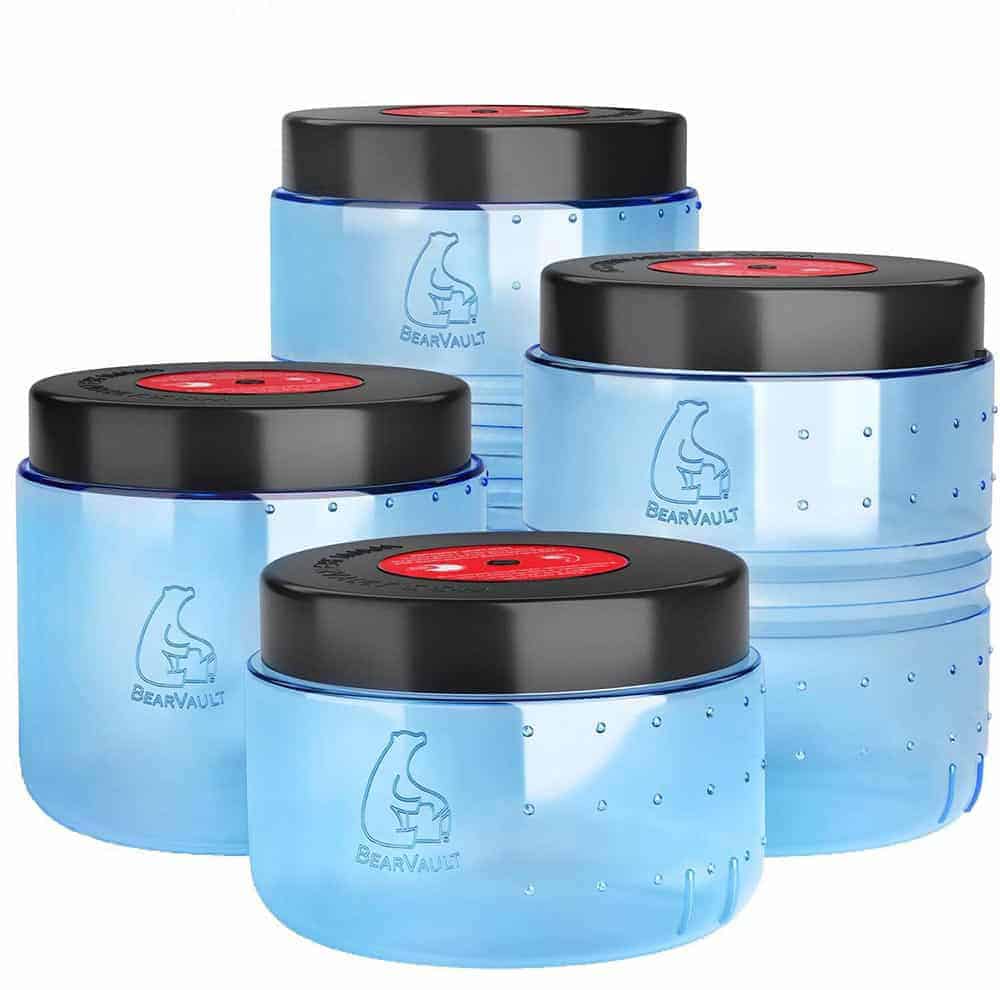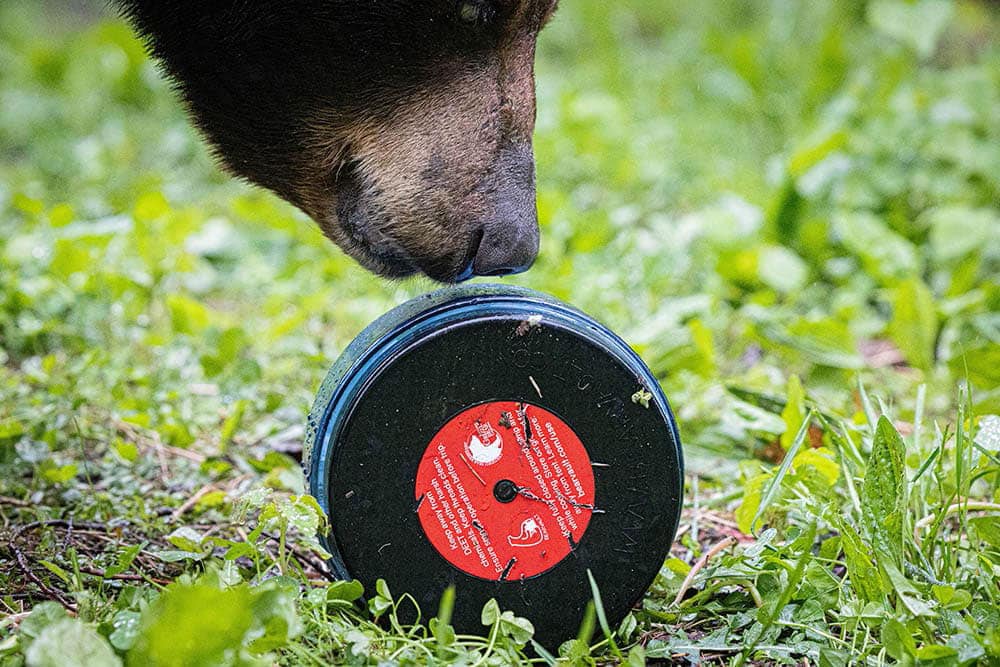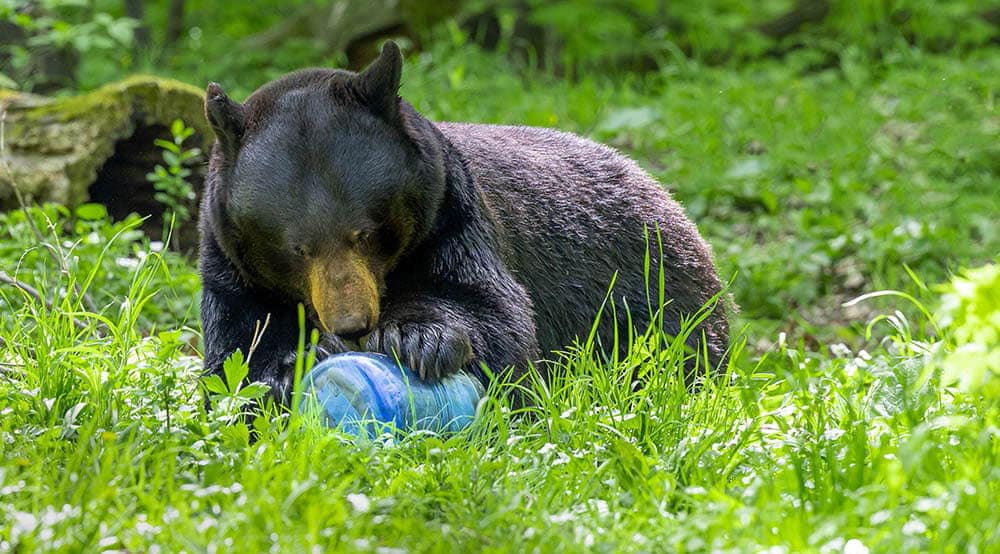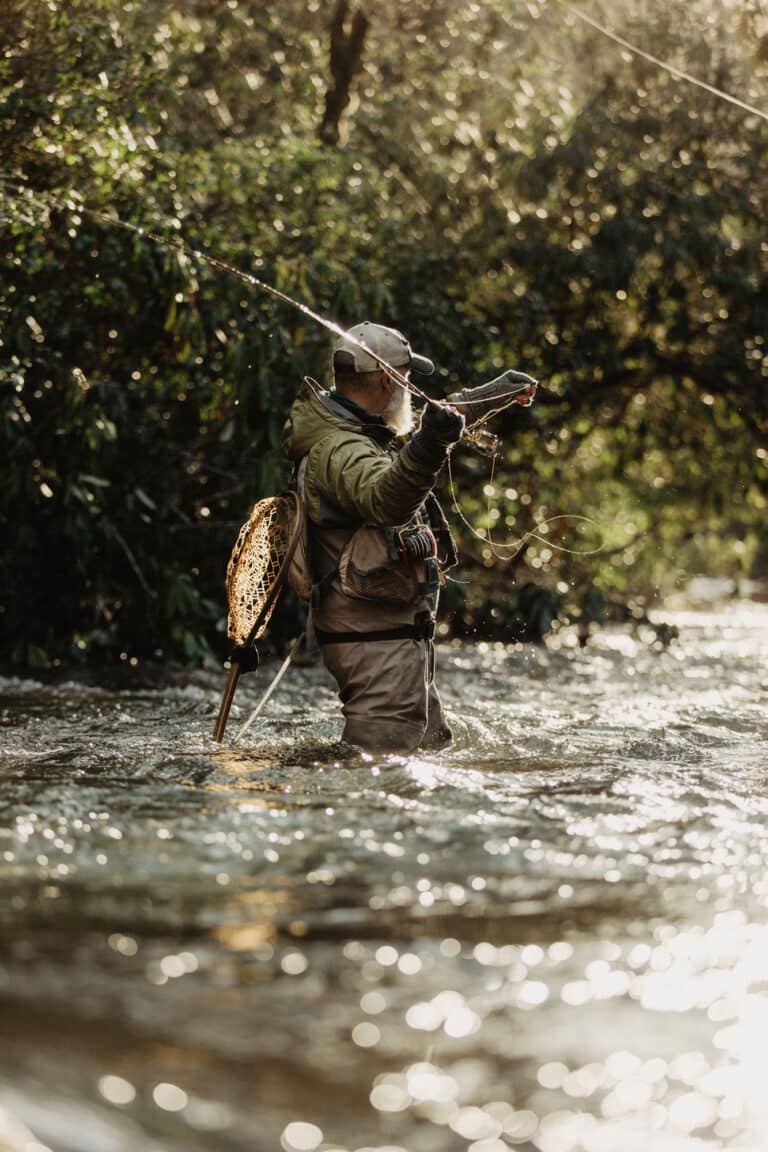Canisters can provide safety in the wild for people and animals
Human food conditioning is a growing problem for bears across the nation. It happens when a bear learns to frequent human-occupied areas in the pursuit of food. This behavior can escalate, causing the bears to become aggressive in pursuit of an easy snack. This is dangerous for humans as well as bears, since the animals often need to be relocated or euthanized. For hikers and backpackers, using proper food storage methods while in bear country is one way to prevent encounters. Here’s a quick primer on bear containers and why you should use them in areas with high bear populations.
Why You Should Bear-Proof Your Food
Bears play an important part in seed dispersion, contributing to the health of our forests. They also help maintain ecosystem balance. Unfortunately, it can take as little as one human food encounter for a bear to become food conditioned, resulting in a shift in behavior. And it is nearly impossible to change their habits once they’ve adapted to associate humans with food. Beyond preventing bear-human interactions, bear-proofing food also protects bears and the local environment.
Bear Container Styles and Types
Bear containers come in a few different styles and types. The most popular option is the bear canister, which is commonly mandated in some national parks, national forests, and wilderness areas across the country. Another common bear-deterrent option is a scent-proof sack or baggie, which can be used as a bear-deterrent by itself, or as an extra layer of protection within a bear canister.

The Bear Canister
The bear canister is designed to store food and trash. This device comes with locks that require opposable thumbs to open. Bears can smell through these containers, but they usually can’t break them open. Bear canisters are also usually rodent-resistant. Some well-tested Interagency Grizzly Bear Committee (IGBC)-certified bear canisters include models by BearVault, Grub Can, and UDAP Industries.

The Ursack
Ursack makes a series of bear-resistant bags with Spectra or Kevlar (or a combination of the two materials). These bags are both bear and critter-resistant, which can make them a good alternative to a conventional bear canister. IGBC-certified Ursacks include the Ursack Major and the AllMitey.
The Opsak
The Opsack is a sealable plastic bag that’s extremely odor resistant. The Opsak is not, by itself, a bear-resistant product. But it’s commonly used in conjunction with a bear canister to create an extra-resistant system. These sacks are 17,000 times more odor resistant than HDPE. They are also waterproof and airtight.
Choosing the Right Size
Backpackers looking to keep pack weight down are precious about space, but fortunately bear canisters come in a variety of sizes—weekend, week, narrow, and ultralight—for different adventures. BearVault, one of the most popular bear canister brands, carries four different sizes: the BV425, the BV450, the BV470, and the BV500. The BV425 or BV450 make a good choice for weekend warriors. The BV470 or BV500 would be the better pick for long-distance backpackers. Once you’ve selected the option that fits your hiking preferences, give it a few test runs on day or overnight trips to make sure that it will fit all of your scented items.
Renting Bear Canisters
In some parts of the country with hearty bear populations, outfitters and gear shops offer bear canister rentals at varying costs. Yosemite National Parks rents bear canisters for $5 per week (with a $95 deposit), while REI currently charges $5 for the first night, and $2 for every consecutive night for members. Canisters typically cost between $60-100.
More Bear Food Safety Tips:
• Cook meals away and downwind from your campsite.
• Store your bear canister or sack 100 feet away from your tent.
• Put a rock or something noisy on top of your bear canister or bag as an alarm system.
• Keep in mind that these products are only as effective as their user. Human error is the most common cause of system failure.
All Photos courtesy of BearVault







